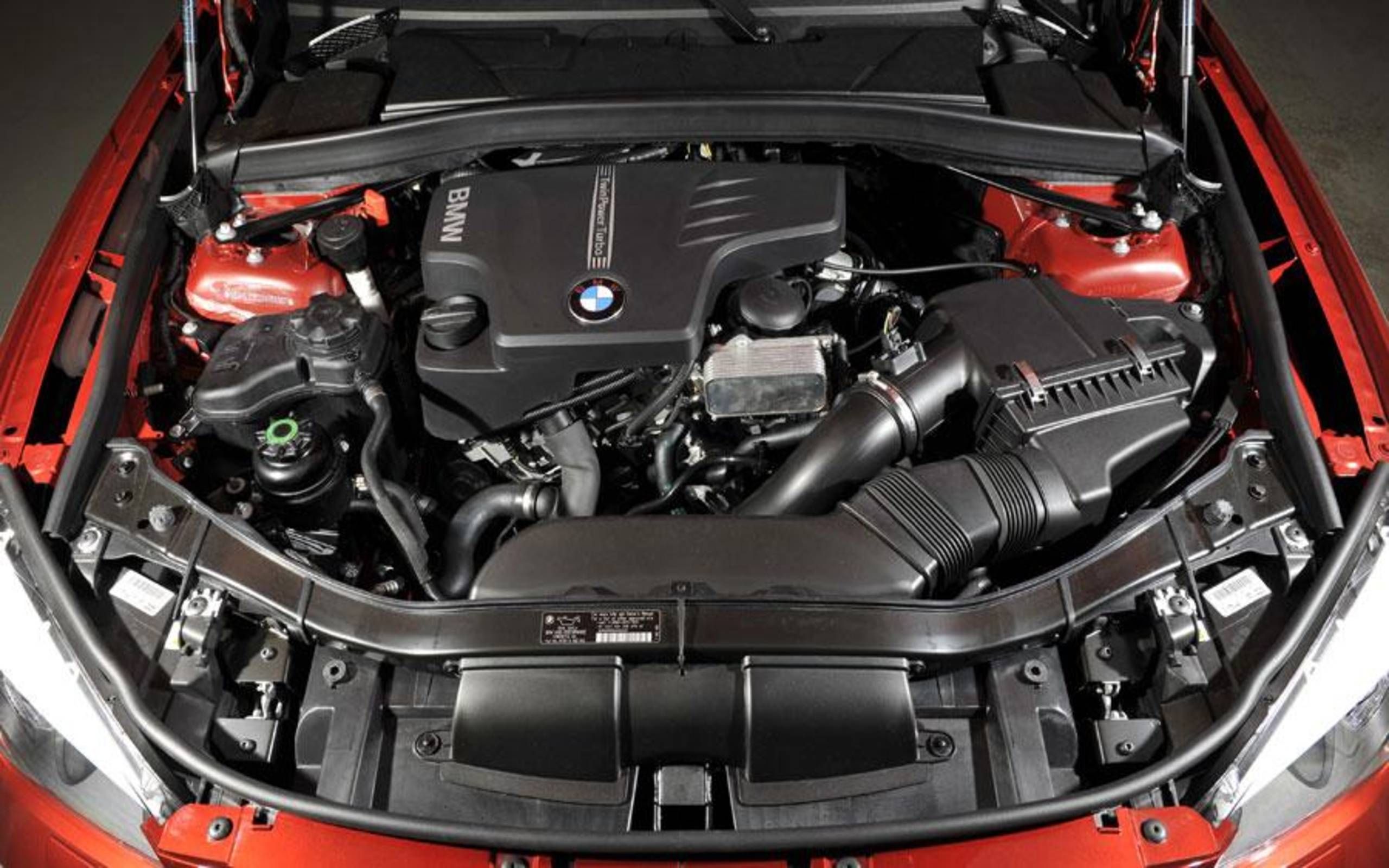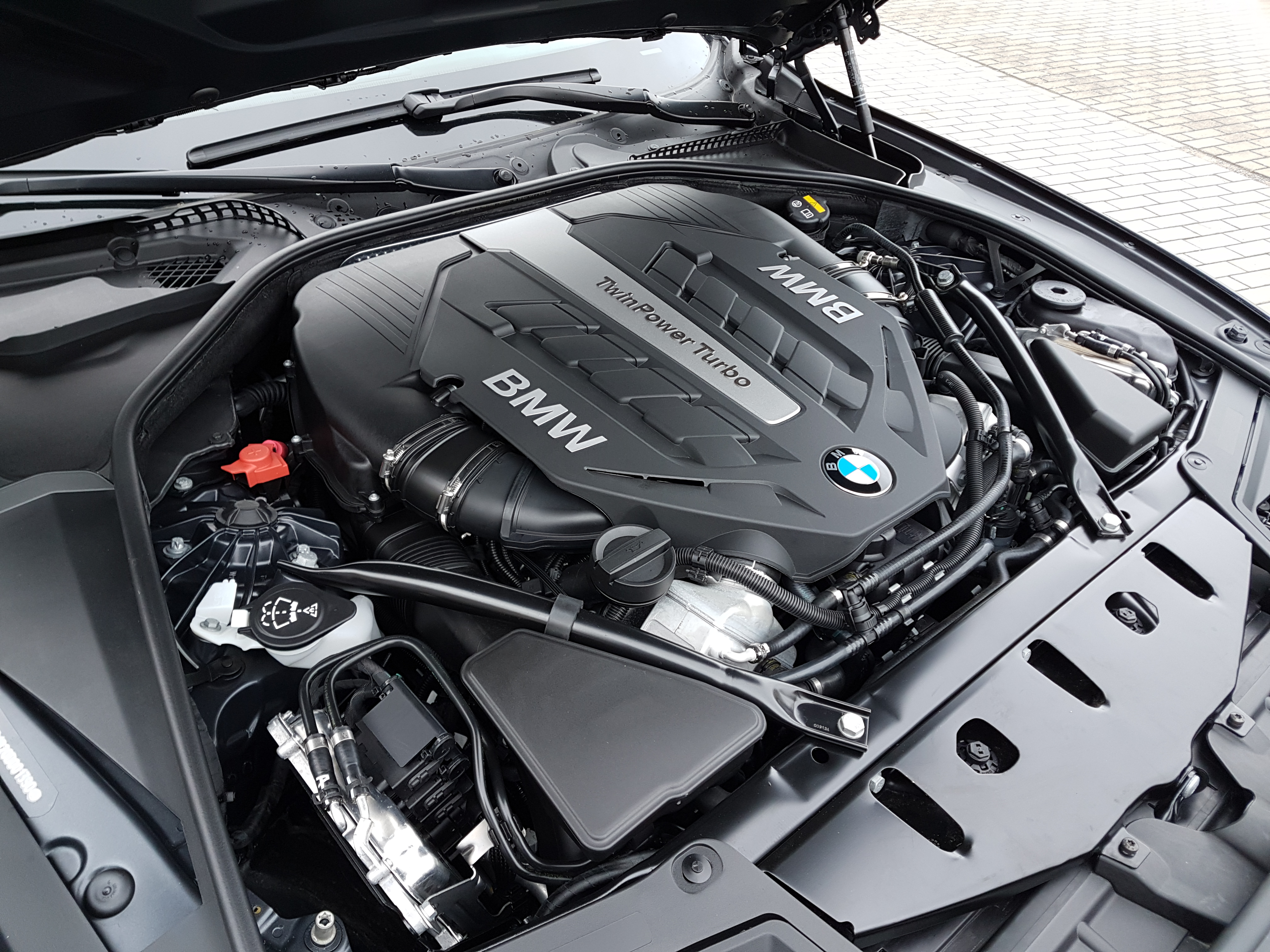Exploring the Development of Burning Engines in Modern Transport Solutions
As we browse the landscape of modern-day transportation, the evolution of combustion engines stands as a testament to human resourcefulness and design expertise. From their humble beginnings to the advanced powerhouses thrusting automobiles today, burning engines have actually undergone an exceptional journey of innovation and adjustment. Comprehending the complexities of this evolution not just clarifies the past but likewise leads the means for picturing what exists in advance in the realm of transport technology. The interaction of history, innovation, and environmental worries in forming the trajectory of burning engines creates a narrative that is both insightful and engaging.
Early Beginnings of Combustion Engines
Exactly how did the principle of burning engines initial emerge in the onset of transportation advancement? The roots of burning engines can be traced back to the 17th century when the concepts of interior combustion were initial checked out. In 1673, Christian Huygens conceptualized a standard internal burning engine that utilized gunpowder to generate power. It wasn't till the late 19th century that useful applications of burning engines in transportation started to arise.
The development moment featured the development of the first successful gasoline-powered engine by Karl Benz in 1885 - bmw engine. This engine led the way for the growth of the contemporary vehicle, transforming transport systems worldwide. Subsequent developments by Nikolaus Otto and Gottlieb Daimler further refined combustion engine innovation, causing the automation of cars and the rapid growth of the transportation industry
These early combustion engines were identified by their simpleness and efficiency, laying the structure for the complex and effective engines utilized in modern transport systems. The evolution of combustion engines has actually been crucial in shaping the means we travel and deliver items, marking a substantial turning point in the history of transport growth.
Shift to Internal Burning Innovation
The transition to interior combustion innovation marked a critical shift in the development of transportation systems. This shift started in the late 19th century, with creators like Nikolaus Otto and Gottlieb Daimler creating the very first successful interior combustion engines. These engines changed transportation by offering a more powerful and effective choice to heavy steam engines and electric motors.
Among the vital advantages of inner combustion engines was their capacity to be reduced to fit into lorries, leading to the development of bikes and cars. This shift from bulky, fixed engines to small, mobile ones led the way for the modern-day transport systems we see today.
The shift to internal burning innovation likewise spurred advancements in fuel modern technology, bring about the growth of gasoline and diesel as main gas resources for vehicles. This change not just made transportation much more obtainable to the masses yet also laid the foundation for the oil and gas market to end up being integral to worldwide economic climates.
Influence of Combustion Engines on Transport
The adoption of burning engines in transportation systems militarized a profound shift in the efficiency and speed of international mobility. Combustion engines reinvented transportation by supplying a reputable and flexible source of power for different lorries, consisting of autos, ships, aircrafts, and trucks. This innovation significantly improved the capacity for individuals and items to relocate over long distances in much shorter period, resulting in raised connection between areas and nations.
Additionally, the widespread use burning engines has actually had a considerable influence on financial growth. The capability to carry items efficiently has spurred profession and commerce, enabling companies to broaden their markets and reach customers worldwide. This has actually promoted economic growth and globalization, as products can now be carried much faster and in bigger amounts than in the past.
However, the ecological influence of combustion engines can not be forgotten. The combustion of nonrenewable fuel sources has resulted in air contamination and greenhouse gas discharges, contributing to environment adjustment and posturing wellness risks to populaces. bmw engine. Consequently, there is an expanding focus on developing different propulsion innovations to minimize these negative effects and develop a more lasting future for transportation
Advancements in Burning Engine Design
One remarkable advancement is the development of turbocharged engines, which utilize exhaust gases to drive a turbine that presses inbound air, allowing for even more gas to this be scorched, resulting in boosted power outcome without a substantial rise in engine size. Variable valve timing systems have actually additionally revolutionized engine design by enhancing air movement at various engine speeds, boosting both power and efficiency. These advancements jointly add to the continual improvement of burning engines in contemporary transport systems.
Future Patterns in Burning Engine Advancement
With innovation developments driving continuous advancement, the future of combustion engine growth is poised to reinvent transport systems internationally. Among the key patterns in combustion engine growth is the push towards better effectiveness and reduced emissions. Suppliers are spending heavily in r & d to enhance engine performance while satisfying rigorous environmental policies. This consists of the combination of advanced gas shot systems, boosted turbocharging techniques, and the usage of light-weight products to optimize gas consumption and decrease carbon discharges.
Another famous trend is the fostering of crossbreed technologies in burning engines. Crossbreed engines combine standard burning innovation with electrical power, supplying enhanced fuel efficiency and reduced discharges. As the auto industry changes towards electrification, hybrid combustion engines are seen as a transitional service that bridges the void between traditional cars and fully electric ones.
Additionally, the combination of clever modern technologies, such as man-made intelligence and information analytics, is expected to play a considerable function in the future of burning engine growth. These technologies can maximize engine efficiency in real-time, causing more efficient combustion processes and enhanced overall vehicle performance. Welcoming these future trends will not just drive advancement in burning engine growth but also add to a more environmentally friendly and lasting transportation ecosystem.

Conclusion
In conclusion, the development of burning engines in modern transportation systems has been noted by considerable improvements in technology and design. From the very early beginnings of combustion engines to the transition to internal burning innovation, these engines have actually had a profound impact on transport.
The roots of combustion engines can be mapped back to the 17th century when the principles of inner combustion were initial discovered. These engines revolutionized transportation by supplying a more reliable and powerful choice to steam engines and electrical motors.

Comments on “Revealing the Secrets Behind the Power of the BMW Engine”